Ultimate Guide to Waterproof GPS Protection for Kayakers
Kayaking without reliable navigation is risky. Waterproof GPS devices ensure you stay on course, even in challenging conditions. This guide breaks down the best options, features, and maintenance tips to keep your gear safe and functional on the water.
Key Takeaways:
- Why Waterproof GPS Matters: Protects against water damage, ensures accurate navigation, and provides emergency location sharing.
- Device Options: Choose from handheld units, waterproof cases, or mounted systems based on your kayaking style.
- Features to Look For: Opt for IP67 or higher-rated devices for water resistance, durability, and added safety features.
- Maintenance Tips: Rinse with fresh water, inspect seals, and update firmware regularly to extend your device's lifespan.
Whether you're a casual paddler or an expedition kayaker, understanding the right gear and how to care for it ensures safer and more enjoyable adventures.
The Sea Kayaking GPS - Garmin GPSmap 86sc
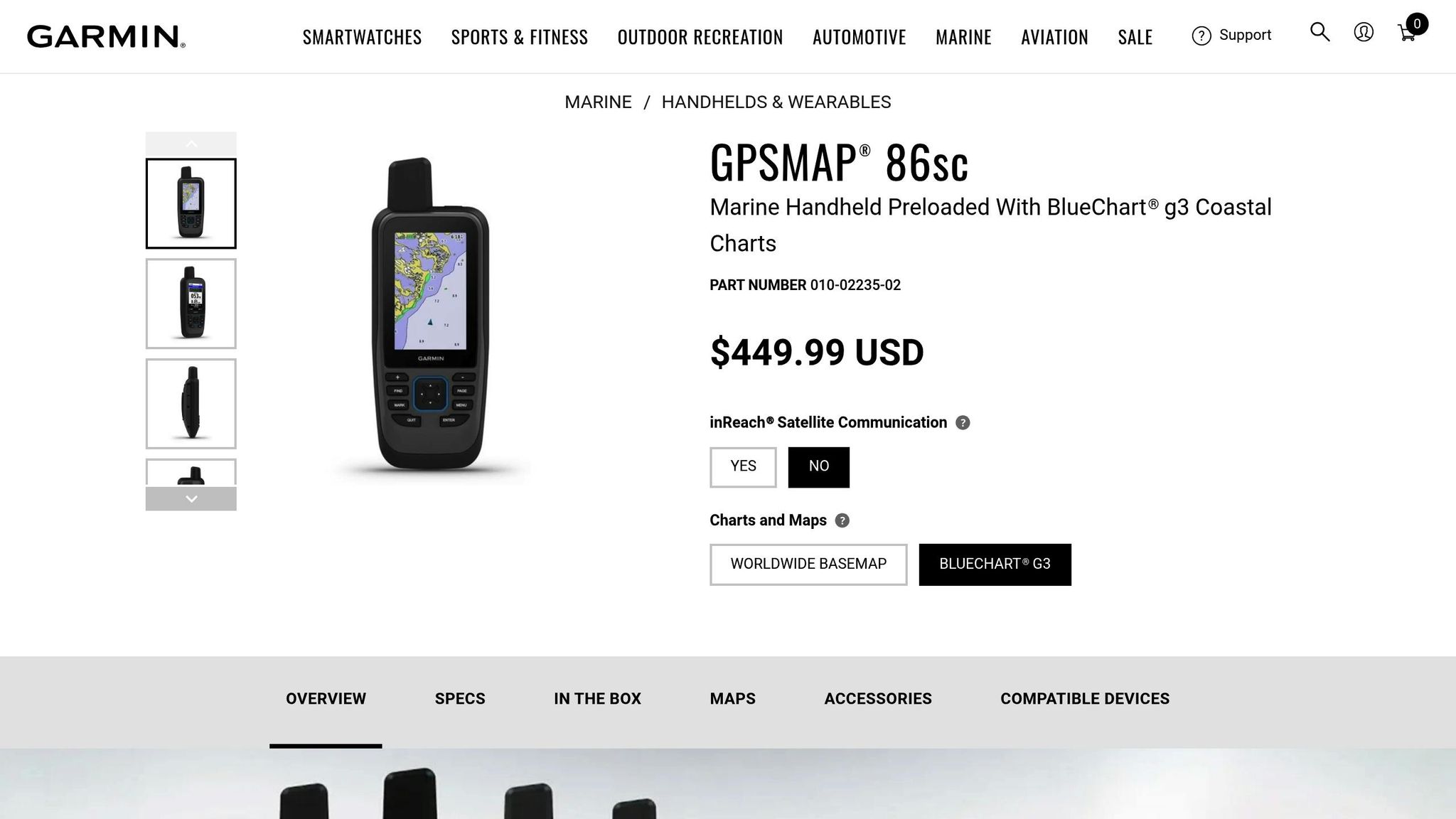
Types of Waterproof GPS Devices and Accessories
When it comes to navigating the unpredictable waters of kayaking, having a reliable waterproof GPS setup is essential. Whether you prefer handheld devices, protective cases, or mounted systems, each option offers unique benefits tailored to different paddling needs. Let’s break down these options to help you decide which suits your kayaking adventures best.
Handheld Waterproof GPS Units
Handheld GPS devices strike a great balance between portability and performance, making them a popular choice for kayakers. Unlike smartphones, which often struggle in harsh outdoor conditions, these devices are specifically designed to handle rugged environments. For instance, Garmin handheld GPS units are built to remain visible even under direct sunlight, solving the glare issue that smartphones often face.
Top models like the Garmin GPSMAP 67, the compact inReach Mini 2, the affordable eTrex 32x, and the touchscreen-friendly Montana 700 offer features such as rugged durability, extended battery life, and satellite communication. These devices typically support multiple satellite systems and use WAAS (Wide Area Augmentation System) technology, which improves GPS accuracy to within about 10 feet, 95% of the time.
If you already own a device and want to make it water-ready, protective cases can be a cost-effective solution.
Waterproof Cases and Pouches
Protective cases and pouches are a budget-friendly way to safeguard your existing GPS device or smartphone while kayaking. They’re ideal for paddlers who want to avoid investing in dedicated marine electronics but still need reliable protection.
Sea to Summit offers a range of TPU cases and Waterproof Phone Pouches priced between $29.95 and $44.95. These cases are designed to keep devices safe without compromising touchscreen functionality. As Sea to Summit puts it, “When you take electronic devices – GPS units, tracking devices, phones and even car keys – into wet environments, these pouches will keep them reliably safe”.
For added peace of mind, consider cases with an IP67 rating, like the RunOff Waterproof Phone Pouch (priced at $34.99). This rating means the case can handle submersion in about 3.3 feet of water for up to 30 minutes. Such protection is invaluable for unexpected capsizes or splashes.
A real-life example highlights the importance of waterproof cases: in 2012, a paddler’s Delorme PN-20 GPS unit failed after being briefly submerged during a roll. Despite its waterproof rating, the device fogged up and stopped working because it wasn’t inside a protective bag.
To keep your case in top condition, regularly lubricate the zipper with lubricant wipes and test its waterproof seal by submerging it in water before each use.
While cases are great for portability and protection, mounted systems offer a more integrated, hands-free option.
Mounted GPS Devices for Kayaks
Mounted GPS systems are perfect for paddlers who want hands-free navigation and constant visibility of their route. These systems shine during longer kayaking trips, where efficiency and safety are top priorities.
Mounted units often feature larger displays (2 to 5 inches) that are easy to read on the water. They rely on external power, which enables advanced features like CHIRP sonar for fish finding. The main advantage is that your navigation data stays visible at all times, so there’s no need to stop paddling to check your route.
However, mounted systems do have some downsides. They’re bulkier, require installation, and are fixed to a specific kayak. If you switch between kayaks or want the flexibility to use your GPS on land, handheld units might be a better fit.
Ultimately, your choice should depend on your paddling style. Day trippers usually find handheld units or protective cases sufficient, while expedition kayakers and fishing enthusiasts may prefer the advanced features and constant visibility of mounted systems.
| Feature | Wearable GPS | Handheld GPS | Console Mounted GPS |
|---|---|---|---|
| Size | Small | Medium | Large |
| Convenience | High | Medium | Low |
| Display Size | Small | Medium | Large |
| Features | Limited | Moderate | Extensive |
| Power Source | Internal Battery | Internal Battery | External Power |
| Extras | Fitness Tracking | Varies | Fish Finding, Sonar |
What to Look for in Waterproof GPS Protection
When it comes to waterproof GPS devices, choosing one with reliable ratings and durability is key to ensuring it performs even when exposed to water.
Waterproof Ratings and Durability
Look for devices or cases with an IPX7 or IPX8 rating. These ratings indicate how well the device can handle water exposure. An IPX7 rating means the device can survive temporary submersion, while IPX8 is designed for extended water exposure. For the best protection, consider devices with an IP68 rating, which not only guard against water but also provide full dust resistance - ideal for tough environments like kayaking or hiking in rough conditions.
Since kayaking and similar activities can involve impacts, your equipment should also be able to handle physical shocks. If your device doesn’t already have a waterproof rating, pairing it with a certified waterproof case can provide the protection you need.
Waterproof GPS trackers are built to keep working in wet conditions, whether you’re navigating a beach, hiking through rain, or caught in a storm. Once you’ve chosen a device with the right rating, don’t forget that routine maintenance can go a long way in keeping it performing well over time.
sbb-itb-2bb67b7
How to Maintain Waterproof GPS Devices
Keeping your waterproof GPS device in top shape goes beyond just following its waterproof ratings. Regular maintenance ensures it stays dependable for every kayaking trip while also extending its lifespan.
Cleaning and Drying After Use
A rinse with fresh water is a simple but crucial step after every kayaking session. This helps wash away salt, sand, and dirt that can build up and potentially damage seals or electronic parts over time.
For areas with stubborn grime, use a mild soap solution and gently scrub spots like button crevices, charging ports, and seal areas. Avoid using harsh chemicals or bleach, as these can weaken the materials designed to keep your device waterproof.
Drying matters just as much as cleaning. Once rinsed, air dry your device properly by laying it flat in a shaded area. Avoid direct sunlight, as UV rays can degrade rubber seals and plastics, compromising their durability over time.
When it’s fully dry, store the device in a cool, dry place away from moisture. This prevents mold, mildew, and unpleasant odors. Before storing, check that all seals are intact for continued waterproof reliability.
Checking and Maintaining Seals
Seal maintenance is key to keeping water out. Perform regular inspections of gaskets, O-rings, and hatch rims. Look for any signs of wear, like cracks or stretching, as even minor flaws can let water in.
For cleaning, gently remove salt, sand, or debris from the seals and their surrounding areas. These particles can prevent proper sealing and cause unnecessary wear. To keep seals flexible and effective, apply silicone spray - a favorite among kayak enthusiasts. Products like Gear Aid silicone spray or Hobie's UV protectant & restorer are excellent options.
After cleaning, apply the lubricant to both the gasket and hatch rim. This helps maintain flexibility and prevents the rubber from drying out or becoming brittle. For electronic connections, consider using dielectric grease to guard against water and corrosion.
Be cautious to avoid common mistakes. For example, don’t use Inox on rubber O-rings, as it can stretch and weaken them. If an O-ring becomes stretched or loses its sealing ability, replace it promptly with parts recommended by the manufacturer.
Battery Care and Firmware Updates
Proper battery care and keeping your device’s software up to date are just as important as physical maintenance.
Battery calibration helps maintain accuracy and lifespan. Fully charge and discharge the battery every few months to keep it functioning optimally.
Using smart charging practices is essential. Stick to the charger provided by the manufacturer, as third-party chargers might not deliver the correct voltage or current. Avoid frequent deep discharges, which can shorten the battery’s overall lifespan.
To extend battery life during use, enable power-saving settings. Many GPS devices allow you to reduce screen brightness, lower location update frequency, and disable unnecessary features. Tracki.com highlighted several tips, like turning off LED lights, geofencing, and using sleep modes, that can significantly improve battery performance.
When storing the device for a long time, keep the battery at about 50% charge and store it in a cool, dry place. Extreme temperatures - whether too hot or freezing - can harm battery performance, so avoid leaving your device in such conditions.
Finally, don’t skip firmware updates. These updates often improve battery efficiency and introduce new features. Before updating, back up any important data and ensure the device is connected to a stable power source to avoid interruptions. Updated software not only improves power management but also enhances processing efficiency and reliability.
Final Thoughts and Recommendations
To stay safe on the water, it’s essential to build a reliable GPS protection system. The right combination of well-chosen equipment, regular upkeep, and smart usage practices ensures dependable navigation for every kayaking trip.
Key Points for Kayakers
Pick durable, water-resistant devices. When selecting a GPS unit, look for models with an IP67 rating - they can withstand brief submersion. In contrast, IP64 models only guard against splashes. Whether you opt for a handheld device, a waterproof case, or a mounted system, prioritize durability over unnecessary extras.
Maintain your gear regularly. Rinse your GPS after every trip, inspect seals for wear, and keep the batteries in good condition to extend the device's lifespan and ensure it works when you need it most.
Always have a backup plan. GPS units can fail, so secure them in a floatable dry bag using heavy-duty Velcro or lanyards. This precaution is critical - according to the US Coast Guard, there were 151 paddle sport fatalities in 2018 alone.
Practice using your GPS in calm settings. Familiarize yourself with features like power-saving modes, waypoint marking, and emergency functions to avoid confusion in critical moments. Ellie Jackson, a paddler from the UK, shared a sobering reminder:
"It was winter, he had no dry suit, his phone was in his back hatch and he didn't have a VHF or PLB. Had he been carrying either one of these or had his phone on a lanyard, he would still be with us today".
Integrate GPS into a broader safety plan. Always check the weather, file a float plan, and use multiple tools to monitor your position .
These steps lay the groundwork for safer paddling, and Elemental Sports is here to help you meet these standards.
How Elemental Sports Can Help

Elemental Sports offers kayaks designed to enhance safety and make GPS use seamless. Our Sea Eagle FastTrack™ series provides a stable platform for navigation, whether you’re paddling solo with the 385ft model ($999) or heading out with a group in the larger 465ft version ($1,299).
For those seeking extra stability, the Sea Eagle 380x Explorer ($999) is ideal for mounting GPS devices. Anglers will appreciate the FastTrack™ Angler ($1,199), which includes built-in accessories tailored for fishing trips. If portability is a priority, lightweight options like the EZLite10 ($899) and Sea Eagle 330 ($379) make it easy to transport your gear to remote launch points. Each kayak features versatile deck rigging, perfect for securing GPS units, dry bags, and backup communication tools.
In addition to kayaks, Elemental Sports provides adventure guides and safety resources to help you plan your trips. From route planning to emergency prep, our blog ensures you’re equipped to use your waterproof GPS effectively.
We also offer free shipping on all purchases, so you can allocate your budget toward quality navigation gear instead of delivery fees. Plus, our robust warranty and return policy ensure your investment supports years of safe paddling.
"GPS systems provide peace of mind by tracking your location at all times and letting you share your whereabouts with search and rescue teams." - LandAirSea
Reliable GPS protection isn’t just a convenience - it’s a critical part of turning every paddle into a confident, worry-free adventure.
FAQs
What’s the difference between handheld and mounted GPS systems for kayaking, and how do I choose the right one?
Handheld GPS units are lightweight and portable, making them a great choice for quick navigation or unexpected situations. They’re easy to slip into your gear, have impressive battery life, and work well even in remote locations. These are perfect for casual kayakers or anyone who values portability and flexibility.
On the other hand, mounted GPS systems are built for hands-free, continuous use. They’re tougher, designed to endure rough conditions, and ideal for longer trips or challenging environments. If you’re a serious adventurer tackling extended journeys, these systems offer the convenience and durability you’ll need.
Your choice really depends on how you kayak. If short trips and portability are your priorities, a handheld GPS is the way to go. But for extended adventures or rough waters, a mounted system will provide the reliability you’re after.
What steps can I take to keep my waterproof GPS device working reliably during kayaking adventures?
To ensure your waterproof GPS device stays dependable during kayaking adventures, make regular cleaning a priority. This helps remove dirt, salt, and moisture that could interfere with its performance. For added protection, consider using a waterproof case or pouch to shield it from water exposure.
When you're not using the device, store it in a dry location and include silica gel packets or other desiccants to soak up any lingering moisture. Also, keep it away from extreme temperatures, as these can damage the battery and internal components. With these simple care tips, your GPS will be ready to guide you on every kayaking trip.
What should I do if my GPS stops working while kayaking, and how can I avoid this in the future?
If your GPS device stops working while you're kayaking, don’t panic. Start by checking for common problems like signal interference or a low battery. Move to an open area to reduce obstructions, such as trees or cliffs, and restart the device. If it still doesn’t work, take a moment to inspect it for any signs of damage or malfunction.
To avoid similar issues in the future, make sure your GPS is stored in a waterproof case and that its software is regularly updated. It’s also smart to have a backup plan, like carrying a waterproof compass or relying on visible landmarks along the shoreline. A little preparation goes a long way toward making your kayaking trip safe and enjoyable!




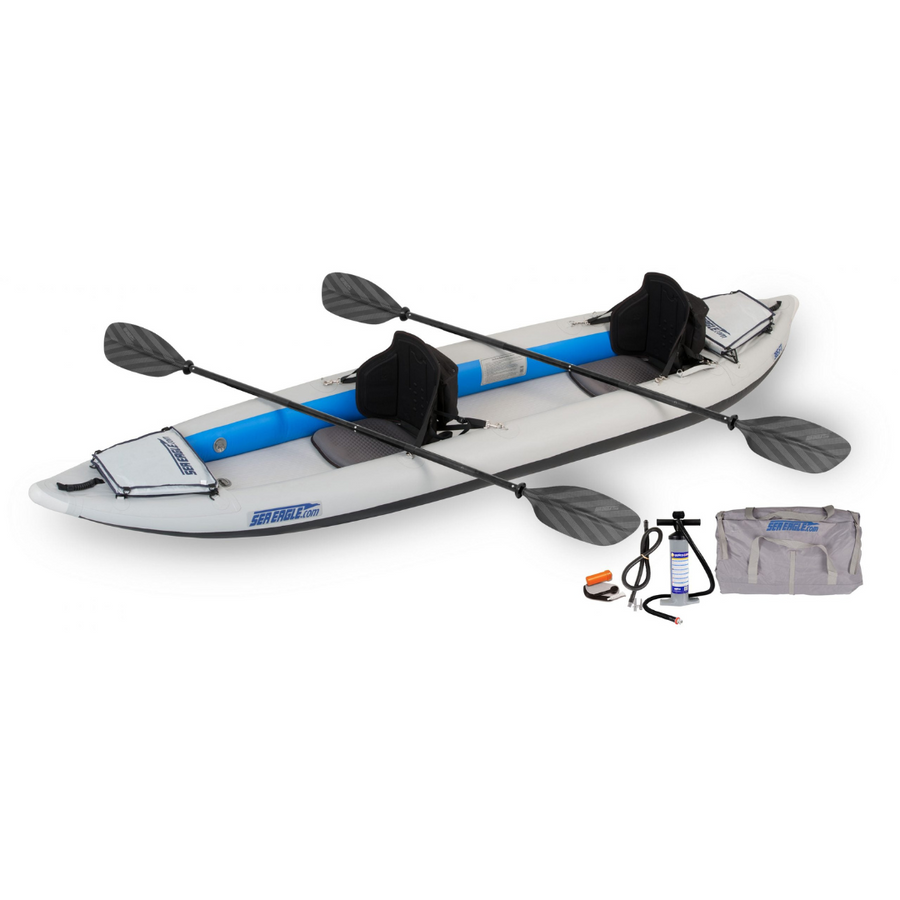
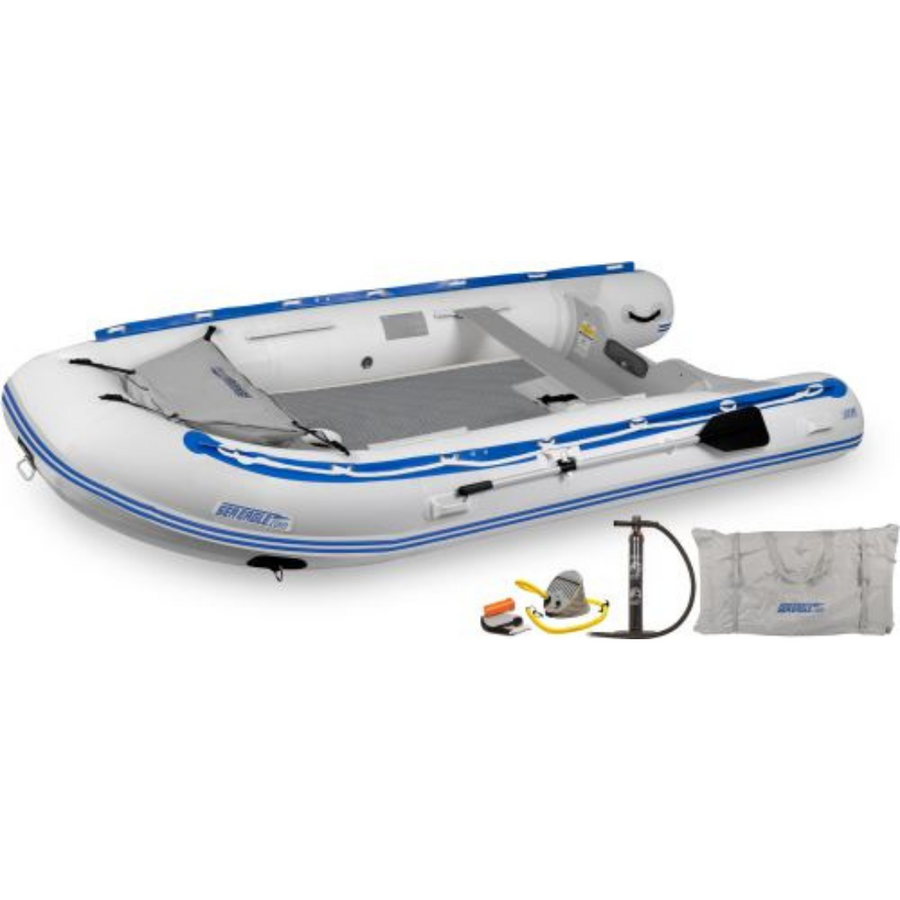
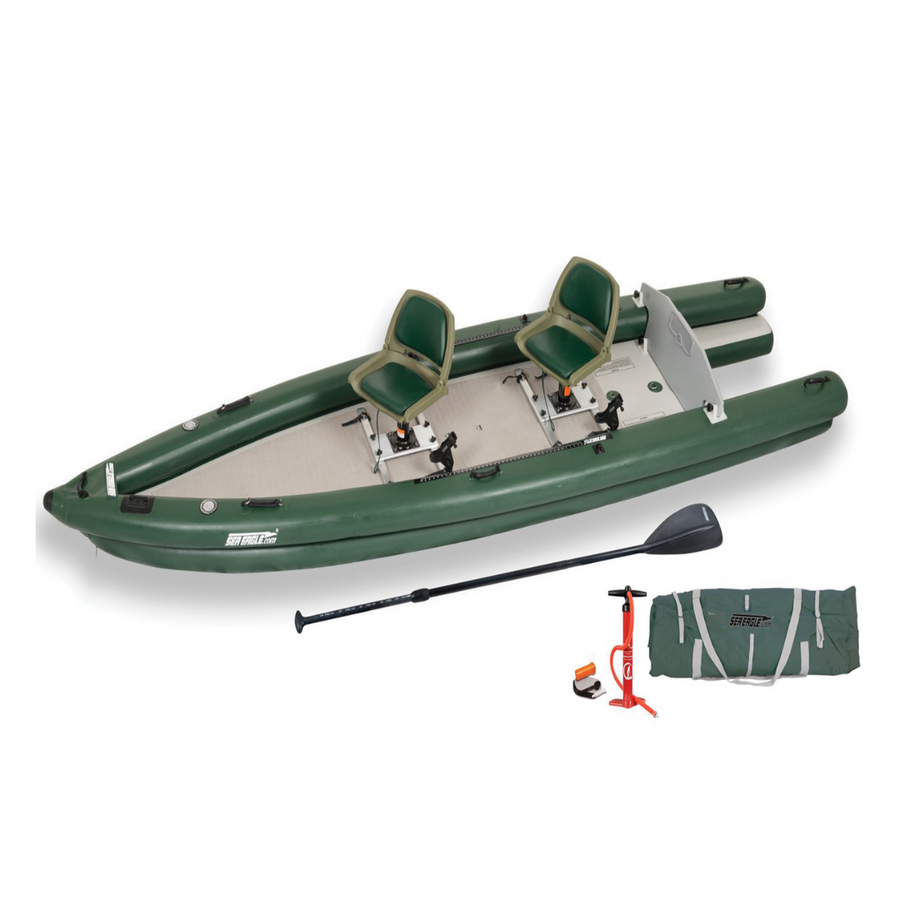
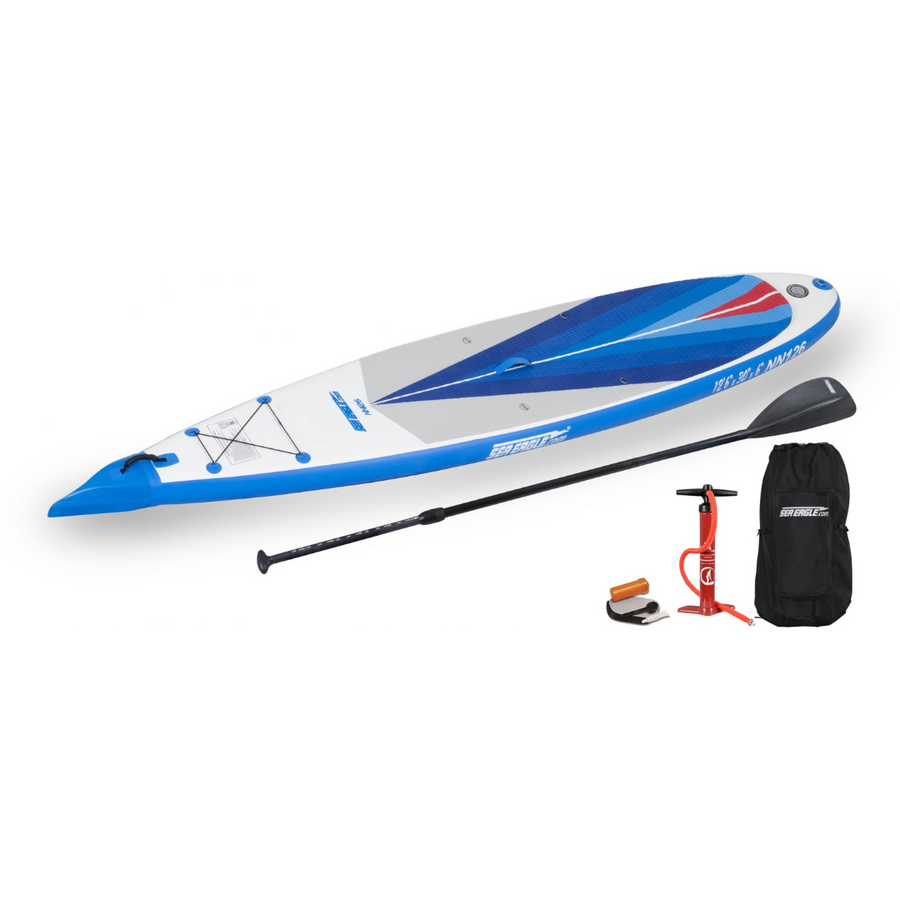
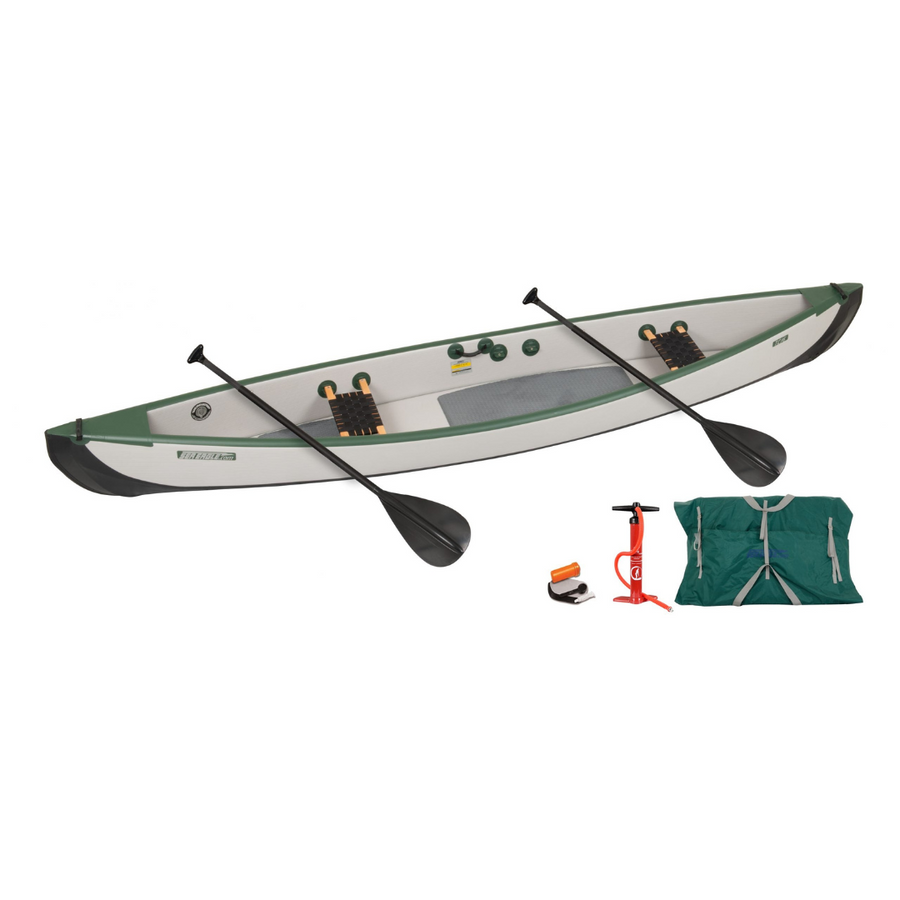
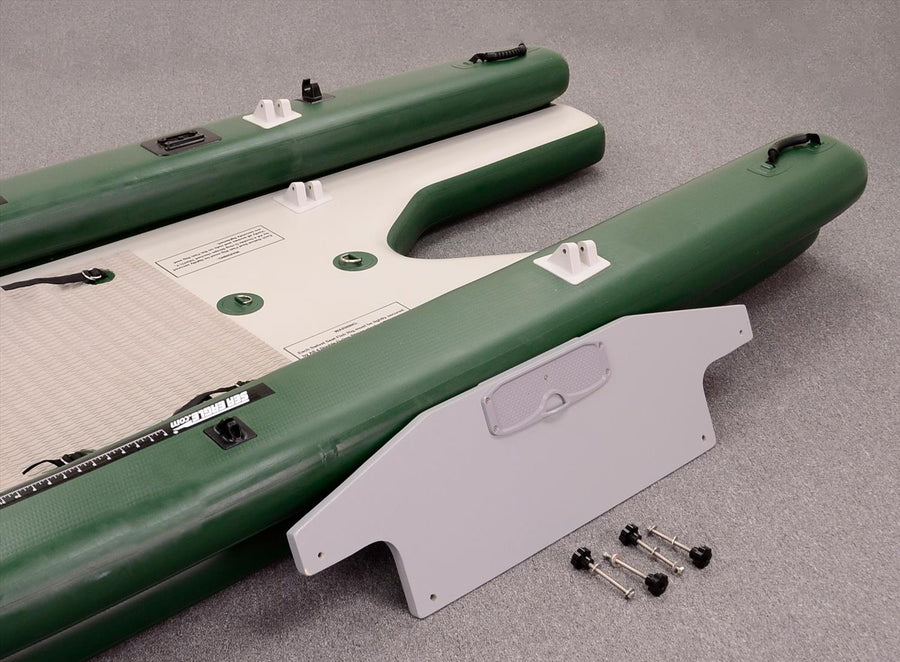


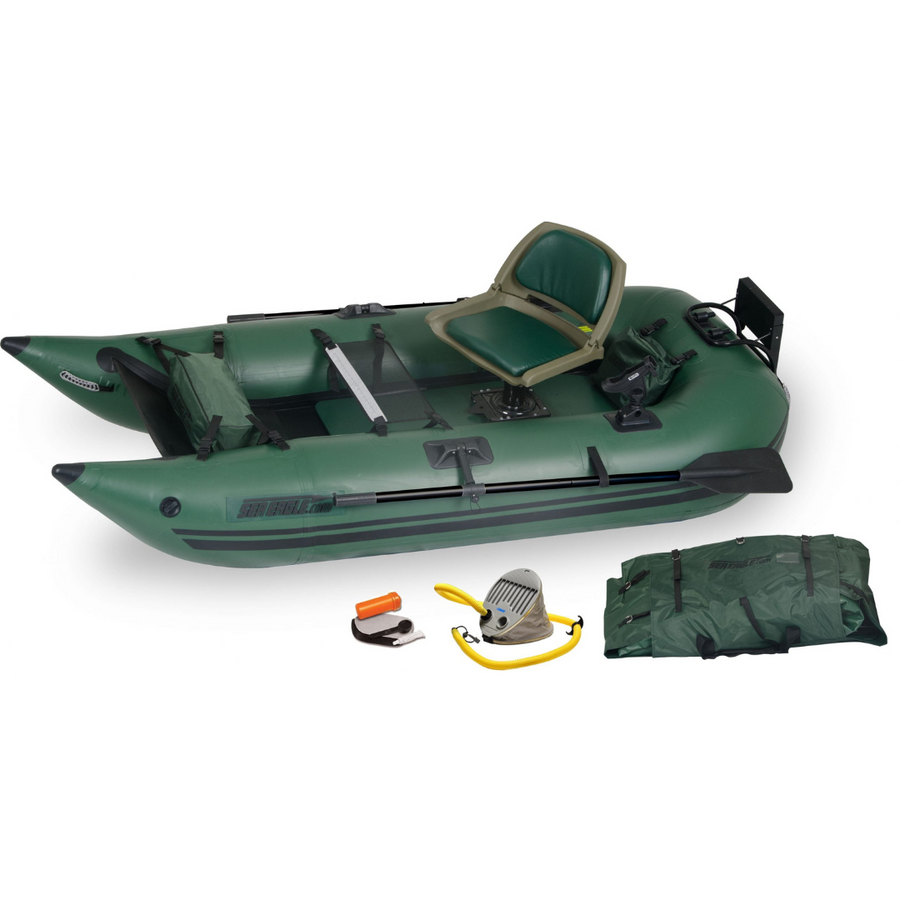
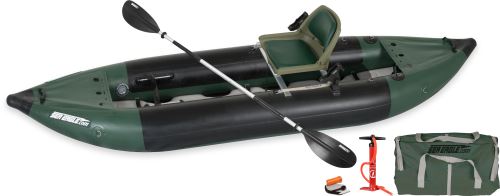
Leave a comment